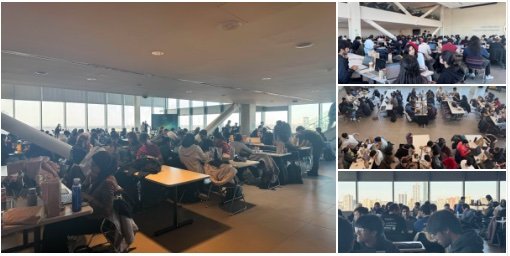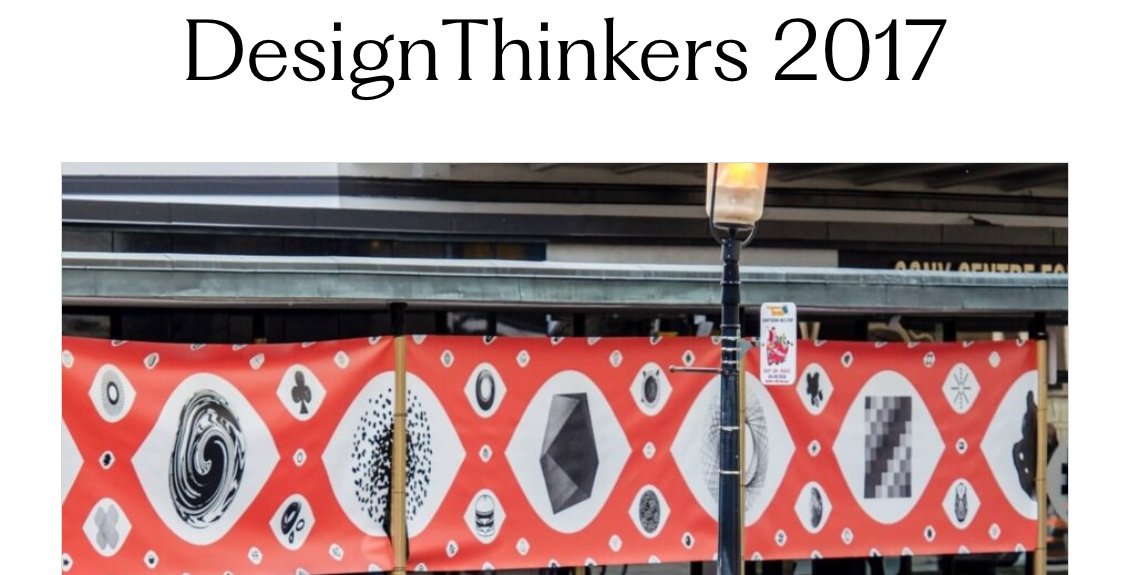Community Development & Support
Design and technology shape the future, and fostering local innovation is crucial to creating dynamic, thriving communities. Supporting student groups, local UX Edmonton Meet-Up, and city-led post secondary sponsored incubators ensures that emerging talent has the space, mentorship, and resources to thrive.
At post-secondary hackathons like HackED, students and young professionals collaborate in high-energy environments, solving real-world challenges while honing their design and programming skills. These events are more than competitions—they are networking hubs that connect students with industry leaders, potential employers, and fellow innovators. Similarly, career fairs provide crucial bridges between education and the workforce, helping students confidently transition into professional roles.
Mentorship also plays a vital role in guiding the next generation of designers and developers. Programs like the University of Alberta’s Project Mentor for Visual Communication Design give students valuable industry insights by providing feedback on product ideation and presentation. In the *Digital Design Course*, students develop apps on self-selected topics and pitch their ideas to industry partners. As a mentor, providing critiques on technical design, development, and presentation skills helps students refine their work and gain the confidence to communicate their ideas effectively.
Sustainable design is another critical area where mentorship makes a direct impact. The Sustainable Design for Microplastics course at the University of Alberta brings together interdisciplinary teams to tackle real-world environmental challenges. In 2025, six teams will innovate within specific "loops" of microplastic pollution. This is where Subject Matter Experts (SMEs) provide crucial feedback, helping students refine their designs and develop solutions with real-world impact. Industry professionals help shape the future of sustainable design and environmental innovation by engaging with students as they navigate these complex challenges.
Professional design conferences like DesignThinkers offer another layer of growth by providing space for me to engage in critical conversations and expand my perspectives on how design intersects with business, culture, and social impact. As demonstrated in discussions I lead in global design education—such as UX theory’s role in Cuba’s post-secondary system—design pedagogy must prepare students to be change agents in an increasingly interconnected world.
By investing in local design and tech communities, supporting mentorship, and creating spaces for collaboration, we empower future leaders to push boundaries, innovate boldly, and drive meaningful change.


